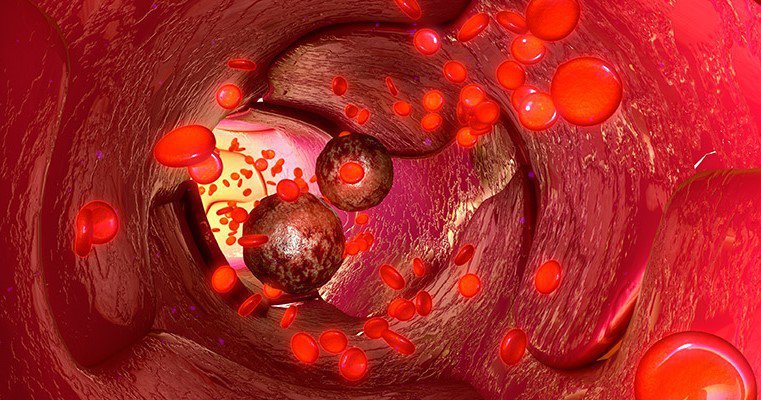
Aplastic anemia, as we understand, is a disease, where the cells have stopped working. We have a bone marrow, which is a production site in the long bones. There is a spine area, and then there is a hip area. The spine is producing bone marrow, which is producing red blood cells and these red blood cells give you energy. White blood cells help you in fighting infections and the platelets help in stopping the blood.
One fine day because of pesticides, viral infections, radiations or because of unknown reasons, the stem cells stop producing red blood cells, white blood cells and platelets. So, what happens? If the red blood cells are low then you feel tired; if the WBCs are low, we are predisposed to infections particularly fungal infection. This is known as “Fungus” in routine language. And, if platelets are low then we start bleeding. This diagnosis of Aplastic Anemia is generally made when you go to the doctor with all these complaints of persistent fatigue, weakness and bleeding.
How to diagnose aplastic anemia? By conducting a bone marrow aspiration and a biopsy, which is a slightly painful technique but administering a local anesthesia, reduces the pain. Once the above-mentioned procedures for diagnosis are completed, within 24 hours the doctor will come to know that the patient’s bone marrow has stopped producing cells and he needs to do something. The doctor would need to take an action and that action means, either a bone marrow transplant or an oral medication called cyclosporin or ATG injections.
Up to 40- 44 years of age, bone marrow transplant is the recommended therapy. The cost of bone marrow transplant is generally 8 to 10 lakhs, if the patient is well preserved and referred early for the transplant. If the patient is beyond 40-45 years of age, then ATG, which is an injection, is the paramount important thing, for which you need to get admitted for four days in the hospital.
The response time for bone marrow transplant is around 14 days and you have to be on oral medication for one year. For ATG again, the response time is close to around three months and you have to be on immunosuppressive agents for a year and a half or for more than two years, in some cases. In case the patient is not able to afford ATG or Bone marrow transplant, then he/she can take an oral medication called Danazol and cyclosporin, which can still salvage 30 percent of patients in such circumstances. The best treatment modality still remains bone marrow transplant the aplastic anemia disease, which is marked by low hemoglobin, low WBC, low platelets.
We need not be worried. The success rate for the treatment in today’s era remains at 80 percent and the treatment cost is also low. The success rate with ATG also remains at 60 percent.

